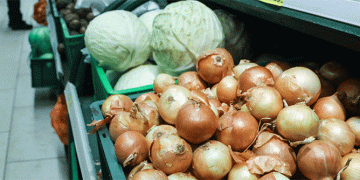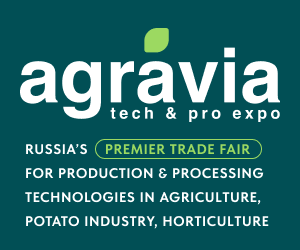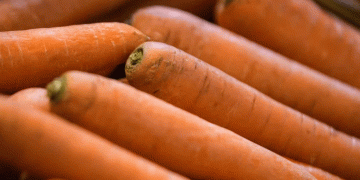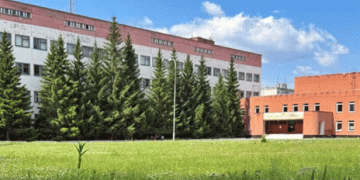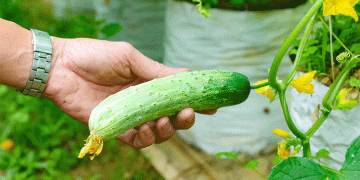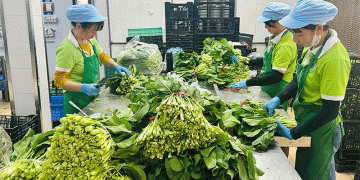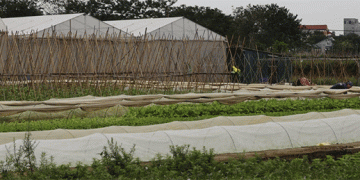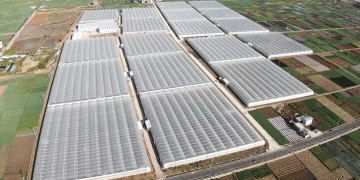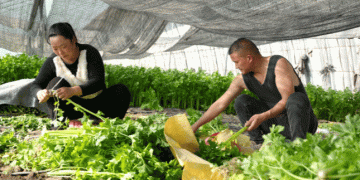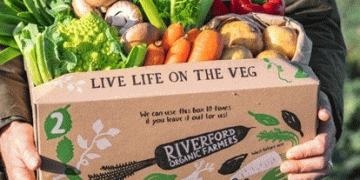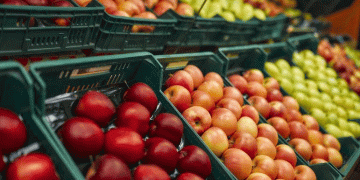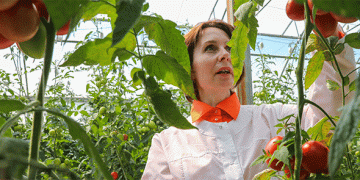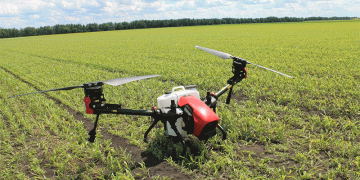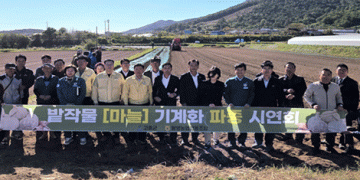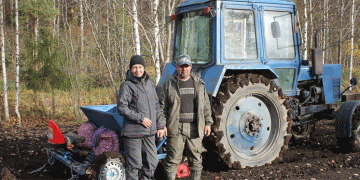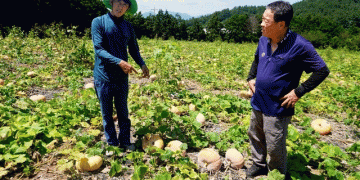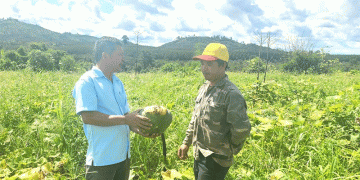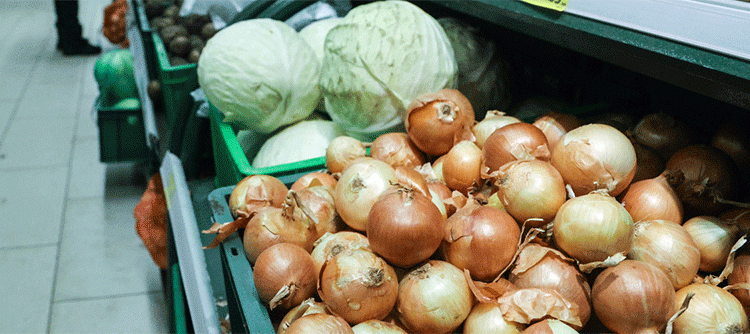Recent data from Rosstat reveals alarming price hikes in essential vegetables. As of May 12, onions cost 72.3 rubles per kg (an 87% annual increase), while cabbage reached 75.2 rubles per kg (up 57%). In contrast, other staples like beets (+12%) and tomatoes (+1%) saw modest rises, while carrots even became cheaper.
The primary cause is lower yields and reduced stockpiles. In 2024, cabbage production fell by 5.6%, and onion harvests dipped by 0.7%. The Russian Potato Union attributes this to drought in the Volgograd region, a major vegetable-growing area, which also impacted crop quality.
Potato Prices Hit Record Highs
The crisis extends beyond onions and cabbage. In Tatarstan, potato prices surged by 8% in just one week (April 28–May 5), reaching 75.9 rubles/kg. Nationwide, wholesale potato prices have quadrupled (4.4x) year-on-year, with retail prices up 2.8x, hitting historic highs.
Experts cite shrinking farmland and fewer home gardens as contributing factors. Currently, stores rely heavily on imported potatoes, further straining prices. However, Agriculture Minister Oksana Lut predicts relief by July, when the new harvest arrives.
Potential Solutions: Imports and Expanded Storage
To stabilize the market, Russia may increase vegetable imports from Uzbekistan, Iran, Kazakhstan, and China. Domestically, the government reports a 147,000-ton expansion in vegetable storage capacity this year. If planting areas grow and weather cooperates, prices could ease by mid-summer.
The dramatic price surges for onions, cabbage, and potatoes underscore the vulnerability of agricultural supply chains to climate shocks and production declines. While imports and improved storage offer short-term fixes, long-term solutions must address water management, crop diversification, and incentives for domestic farming.
